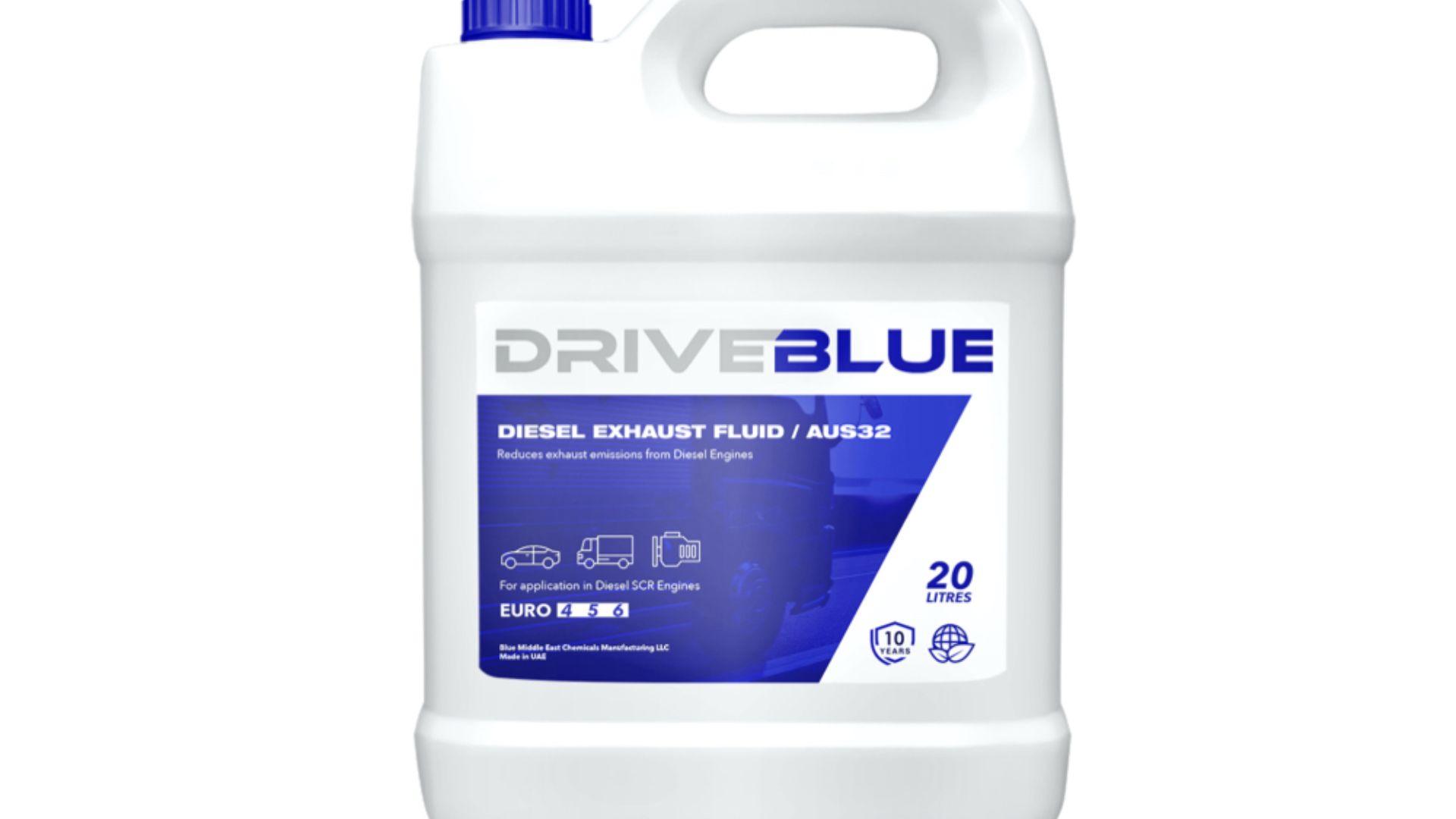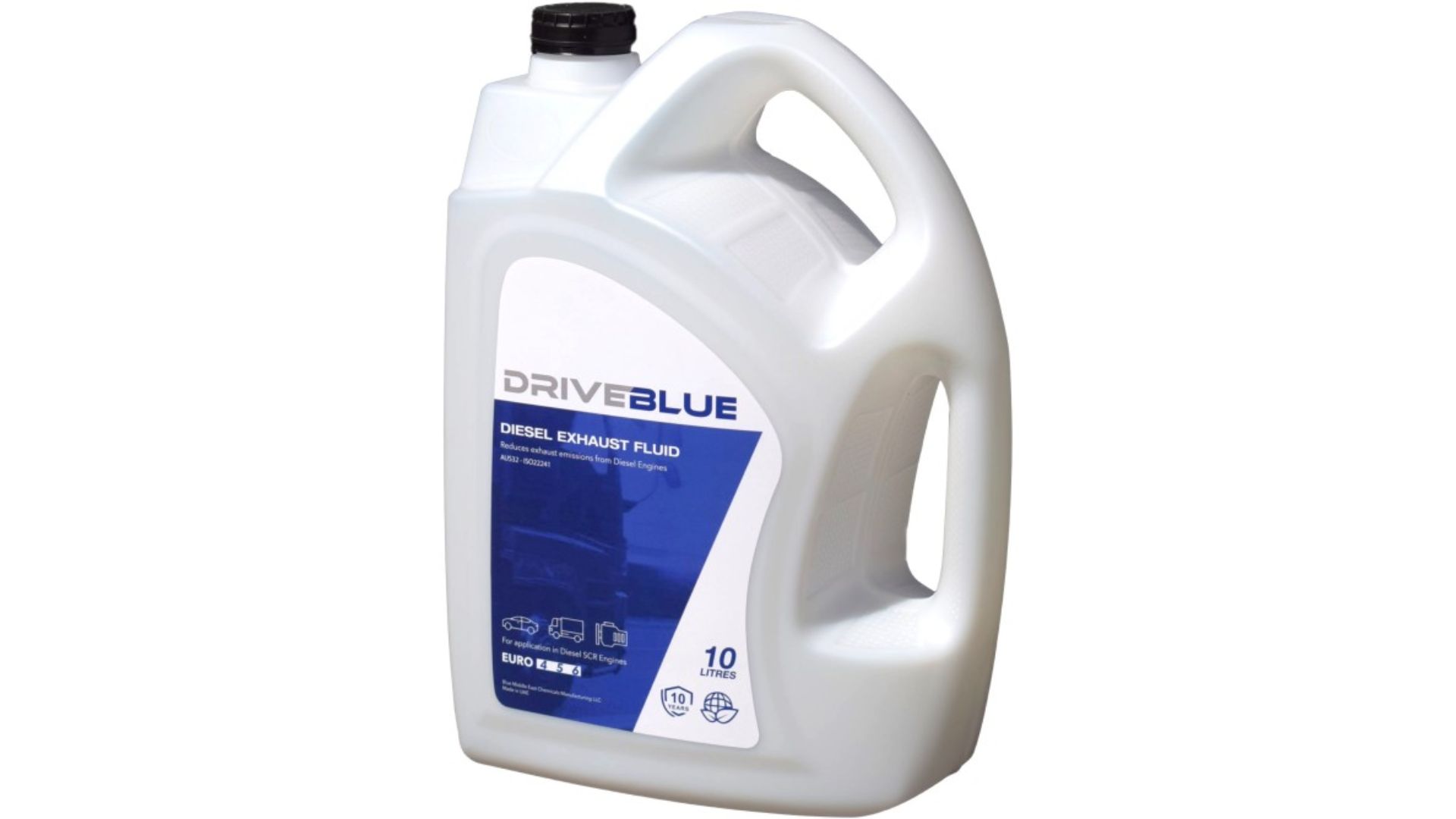Introduction
In recent years, environmental concerns and stricter emission regulations have led to significant advancements in automotive technology. One such advancement is the introduction of AdBlue, a solution designed to reduce the harmful emissions produced by diesel engines. However, what is AdBlue actually, and how does it operate? This blog will delve into the specifics of AdBlue, its composition, functionality, and its crucial role in modern diesel engines.

Understanding AdBlue
AdBlue is a high-purity urea solution, consisting of 32.5% urea and 67.5% deionized water. It is not a fuel additive; instead, it is a consumable fluid used in vehicles equipped with Selective Catalytic Reduction (SCR) technology. SCR is an advanced active emissions control system that reduces nitrogen oxide (NOx) emissions from diesel exhaust streams.
The solution is colorless, non-toxic, and safe to handle, making it an environmentally friendly component in the fight against air pollution.
The Role of AdBlue in Reducing Emissions
Diesel engines, while efficient and powerful, produce higher levels of nitrogen oxides (NOx) compared to gasoline engines. NOx emissions are harmful pollutants that contribute to smog, acid rain, and respiratory problems. To mitigate these emissions, many diesel vehicles now incorporate SCR technology, which relies on AdBlue to function effectively.
When a diesel engine operates, it produces exhaust gases that contain NOx. These gases pass through the SCR system, where AdBlue is injected into the exhaust stream. The high temperatures in the exhaust cause AdBlue to decompose into ammonia (NH3) and carbon dioxide (CO2). The ammonia then reacts with the NOx in the catalytic converter, converting these harmful gases into harmless nitrogen (N2) and water vapor (H2O).
This chemical reaction, known as selective catalytic reduction, significantly reduces NOx emissions, helping vehicles comply with stringent environmental regulations. By converting up to 90% of NOx emissions into harmless substances, AdBlue plays a vital role in making diesel engines cleaner and more environmentally friendly.
How AdBlue is Used in Vehicles
Vehicles equipped with SCR technology have a separate AdBlue tank, typically located near the fuel tank. Drivers need to ensure that the AdBlue tank is filled regularly, as running out of AdBlue can lead to a reduction in engine performance or even prevent the engine from starting, depending on the vehicle’s design.
Most modern diesel vehicles are equipped with sensors and dashboard indicators that alert drivers when AdBlue levels are low. Refilling the AdBlue tank is a straightforward process, similar to refueling the vehicle. AdBlue can be purchased at service stations, automotive retailers, and even online.
The Benefits of Using AdBlue
The primary benefit of using AdBlue is its ability to drastically reduce NOx emissions, making diesel engines much cleaner. This reduction in emissions helps protect the environment and improves air quality, contributing to the overall health and well-being of the population.
Additionally, vehicles that use AdBlue and SCR technology often experience improved fuel efficiency. By reducing the workload on the engine’s internal emissions control systems, SCR can enhance overall engine performance and longevity.
Conclusion
AdBlue is an essential component in the modern automotive landscape, particularly for diesel engines. Its role in reducing harmful NOx emissions through the SCR process highlights its significance in promoting cleaner air and complying with environmental regulations. As diesel engines continue to be a vital part of transportation and industry, the use of AdBlue ensures that they can operate efficiently while minimizing their environmental impact.

Understanding what AdBlue is and how it works empowers drivers to appreciate the technology that helps keep our air cleaner and our engines running smoothly. By maintaining proper AdBlue levels in their vehicles, drivers contribute to a broader effort to protect the environment and public health.
